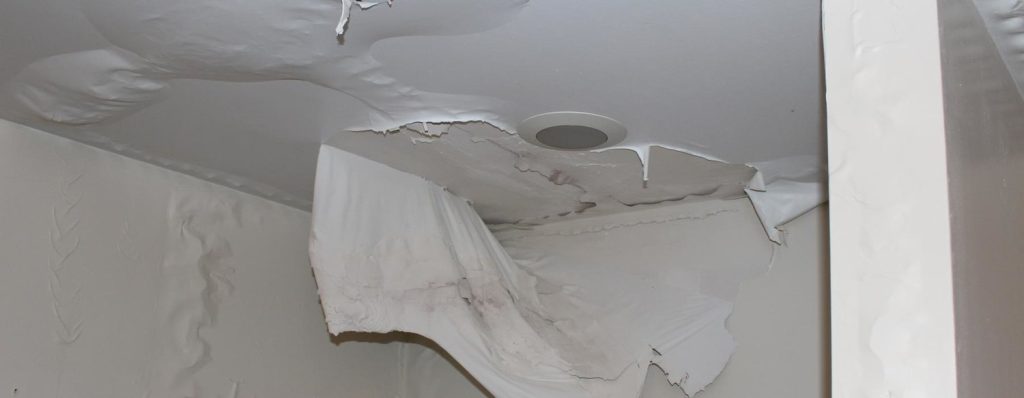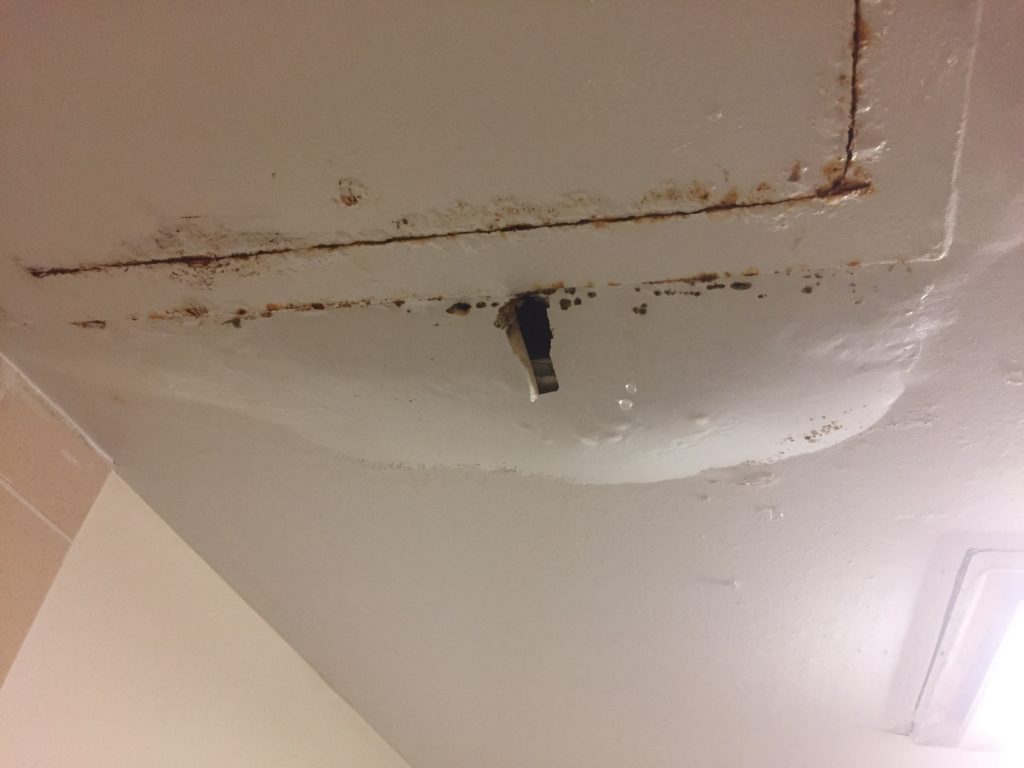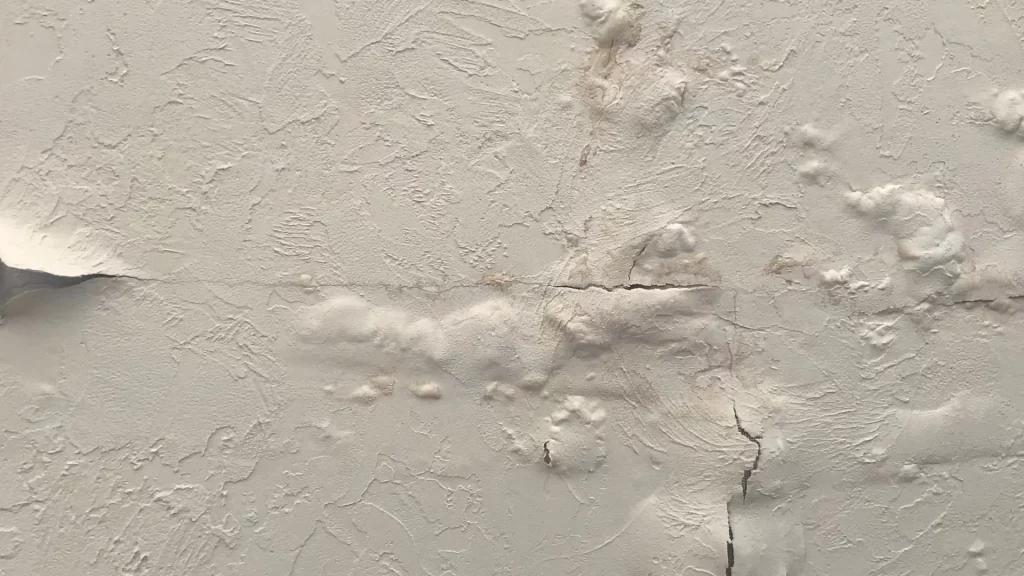Water leaks can turn into serious problems, especially when they result in a concerning “Water Leak Ceiling Bubble.” In this comprehensive guide, we’ll delve into the causes, identification, and effective solutions for this issue, ensuring you can safeguard your home from potential water damage.

The Enigma of Water Leak Ceiling Bubbles
Discovering a bubble forming on your ceiling is often a clear indication of an underlying water leak. Unraveling the mystery behind the causes and promptly addressing the issue can prevent further damage and maintain the structural integrity of your home.
Potential Causes of Water Leak Ceiling Bubbles
- Roof Issues:
- Damaged or missing shingles
- Cracks in the roof flashing
- Penetrating roof leaks from external elements
- Plumbing Problems:
- Leaky pipes within the ceiling or walls
- Faulty plumbing fixtures leading to water seepage
- Condensation Concerns:
- Excessive moisture and condensation in the ceiling space
- Lack of proper ventilation causing water buildup
Read too: Dealing with Water Damage on Your Popcorn Ceiling: Unveiling the Consequences
Identifying Water Leak Ceiling Bubbles
1. Visual Inspection:
Conduct a visual examination of your ceilings for any unusual bulges or discoloration. Water leak ceiling bubbles often manifest as visible anomalies.
2. Touch Test:
Gently touch the affected area. A soft or spongy sensation may indicate the presence of trapped water beneath the surface.
3. Water Stains:
Look for water stains on the ceiling or nearby walls, as they can provide additional clues about the source and extent of the leak.
Water Leak Ceiling Bubble Solutions
1. Locate and Repair the Leak Source:
Identify the source of the water leak and address it promptly. This may involve roof repairs, fixing damaged pipes, or addressing plumbing fixture issues.
2. Enhance Ventilation:
Improve ventilation in the affected area to reduce moisture buildup. Proper ventilation helps prevent condensation-related leaks in the ceiling.
3. Professional Plumbing Assistance:
If the leak is traced to plumbing issues, seek assistance from a professional plumber to repair or replace faulty pipes, fixtures, or connections.
Preventive Measures for Water Leak Ceiling Bubbles
1. Regular Roof Maintenance:
Schedule routine inspections and maintenance for your roof to identify and address potential issues before they lead to leaks.
2. Adequate Ventilation:
Ensure proper ventilation in your home, particularly in spaces prone to moisture buildup, to prevent the formation of water leak ceiling bubbles.
3. Timely Repairs:
Address any signs of roof damage, plumbing leaks, or condensation issues promptly. Early intervention can prevent extensive water damage and the formation of bubbles on the ceiling.
Conclusion
A “Water Leak Ceiling Bubble” is a visible indication of an underlying water issue that demands attention. By understanding the potential causes, identifying the issue early, and implementing effective solutions, homeowners can protect their homes from the detrimental effects of water damage.
Regular maintenance, prompt repairs, and a proactive approach to potential issues can contribute to the longevity and structural integrity of your home. Stay vigilant, conduct inspections regularly, and ensure that your living spaces remain free from the threat of water leaks and ceiling bubbles.


